This week on AutoHunter, I have gone overboard with Chevrolets. Though not my favorite brand, Chevrolet made the cut because I pick the cars that stand out regardless of badge. Every Chevy here has something going for it that may not be apparent on the surface — different from the Mercedes-AMG that I’ve thrown in because it just looks great.
Which Bow Tie would you choose? Or is it time for daily driver excitement with a certain black car?
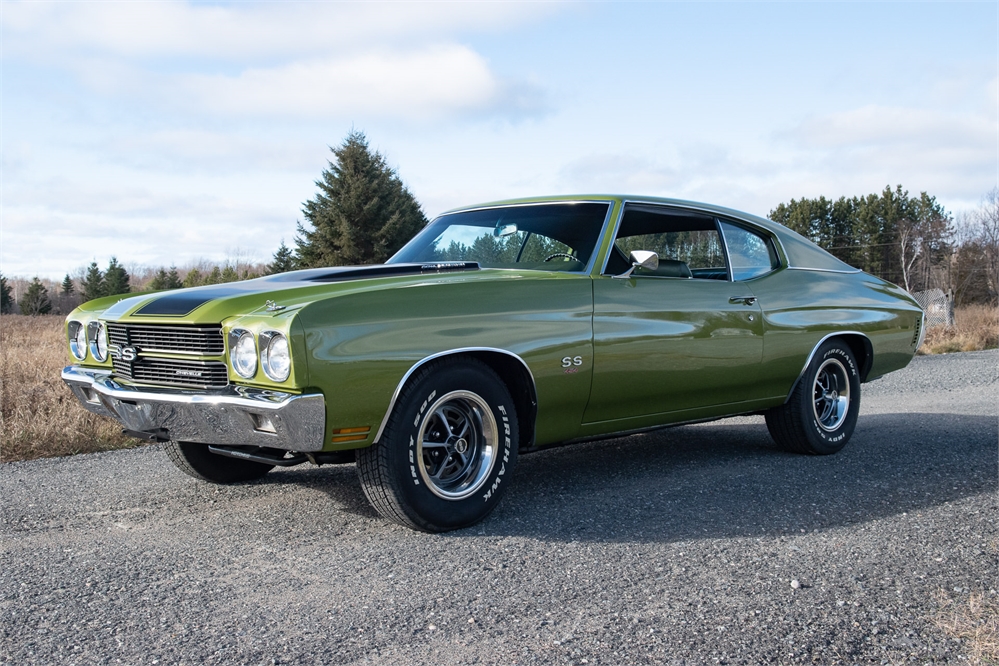
1970 Chevrolet Chevelle SS 454
Post 1968-Chevelle SSs can be difficult because the Super Sport was an option and not a model determined by the VIN. In most cases, documentation is needed to verify SS status. However, this Chevelle was produced for sale in Canada, so the data plate shows some key codes. Additionally, General Motors of Canada has the invoice that shows how this car was built. As such, it is one of 137 built with the Z15 SS 454 package for the Canadian market.
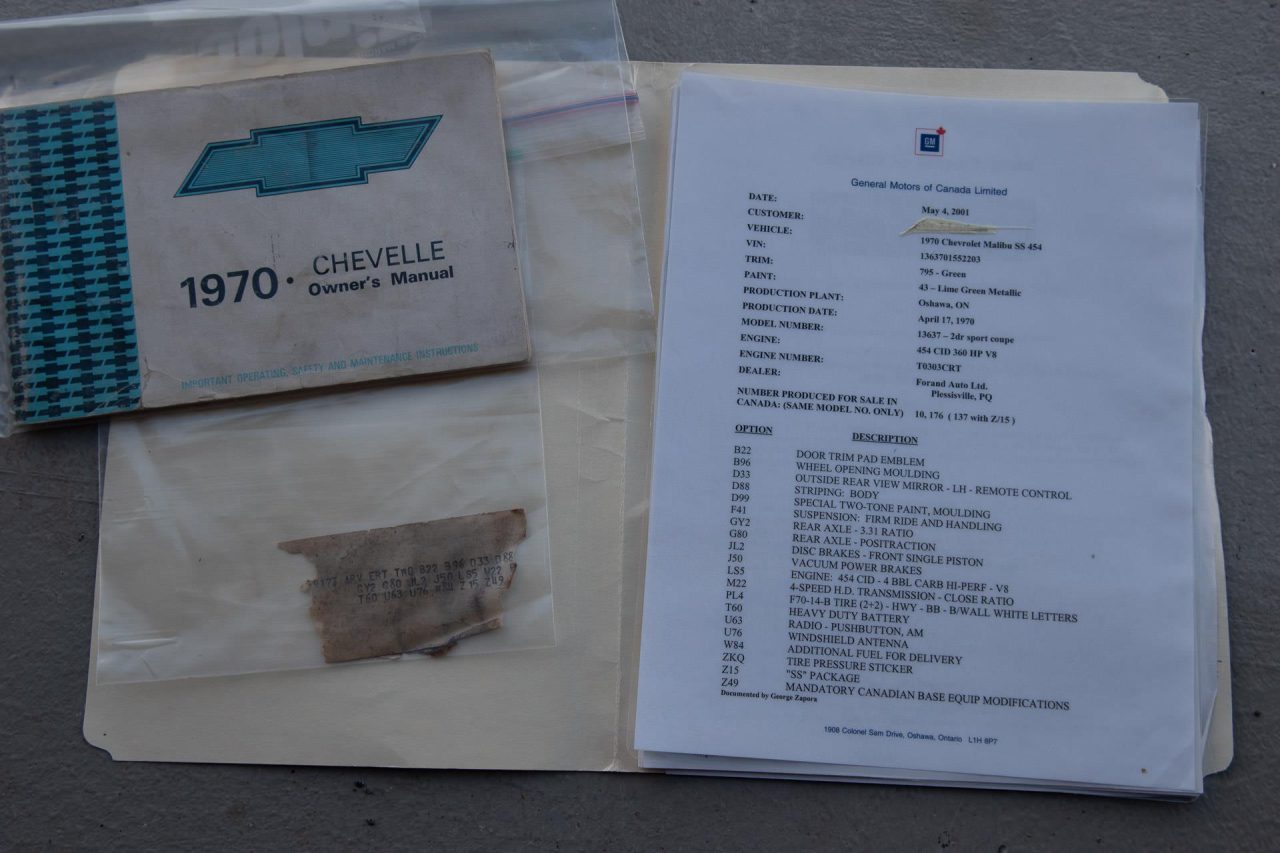
But the document also shows some other interesting features, including Citrus Green paint (a rare color introduced in the spring) and the D99 molding, which generally came with cars equipped with vinyl top or two-tone paint. I consulted with a Chevelle expert who said he’s only seen this on Canadian cars. Combine those features with the bench seat/four-speed combo and this car rises above most Chevelles.
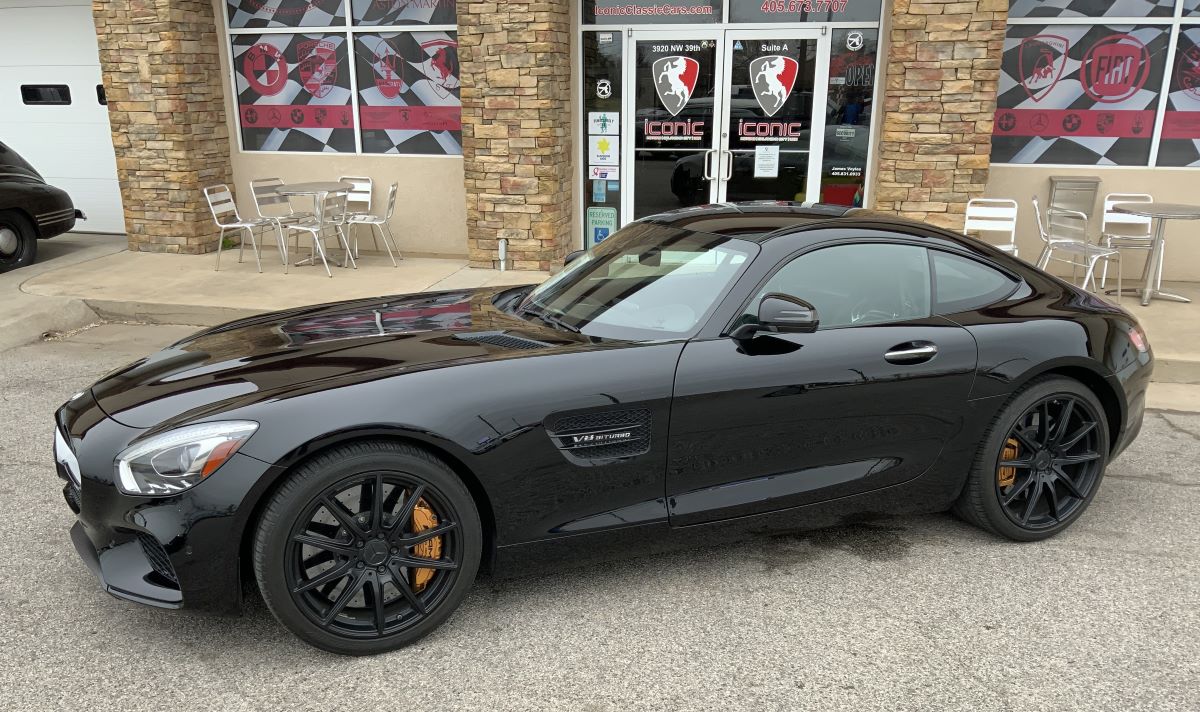
Mercedes-AMG GT S
When these came out, I thought the Mercedes-AMG GT was sooo cool. Featuring a subtle vintage look with an oh-so-smooth rear end, the GT was a great alternative to the Porsche 911 aside of the fact there were no manual transmission. There were several models available, with the GT R having an adjustable rear wing that completely ruins the clean styling, according to these eyes.
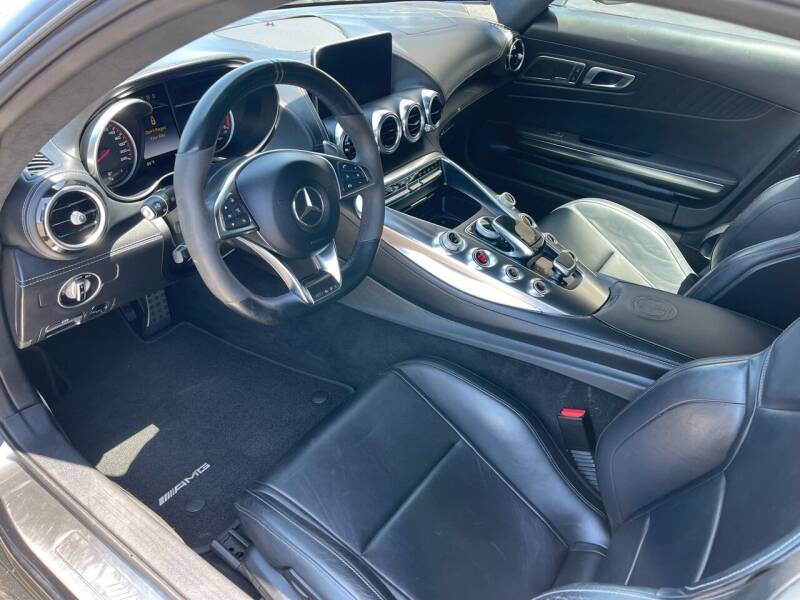
This 63,108-mile GT is a GT S, which means it is powered by twin-turbo 4.0-liter “M178” V8 putting out 503 horsepower and 480 ft-lb of torque. Also added from the base GT was an electronically controlled limited-slip differential, different adaptive drivetrain modes and suspension settings, an AMG Performance Exhaust System with dynamic flaps, and lithium-ion battery (huh?), plus staggered wheels.
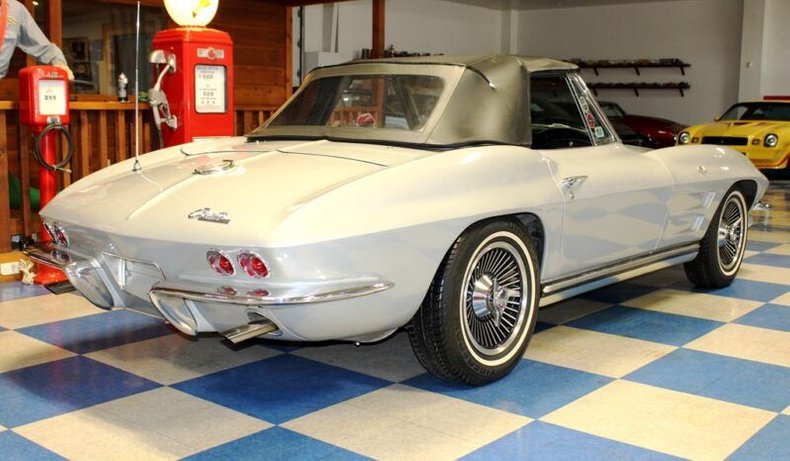
1964 Corvette Convertible
Pity the 1964 Vette — it lacks the split-window of the 1963 and lacks the panache of the available big-block 1965. But when it comes to small-block power, the 1964 features the top carbureted small-block among all C2: L76 with 365 horsepower. Out of 22,229 Corvettes, only 7,171 featured the L76. For 1965, it was replaced by the more street-friendly-yet-boss 350-horse L79.
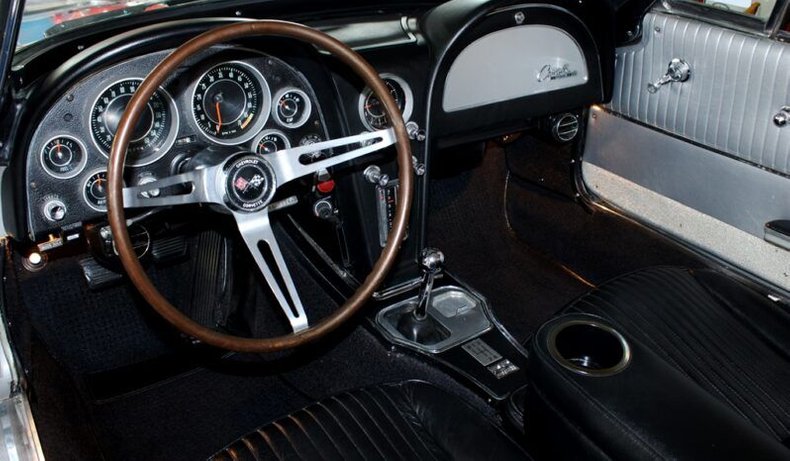
This Satin Silver 1964 Corvette convertible comes with what’s reputed to be its original engine back by an M20 wide-ratio four-speed transmission. Other niceties include a factory AM/FM radio (a rarity in 1964, but not for Corvettes) and power windows, but what catches my attention is the two-tone black and silver interior combination — check out those silver door panels!
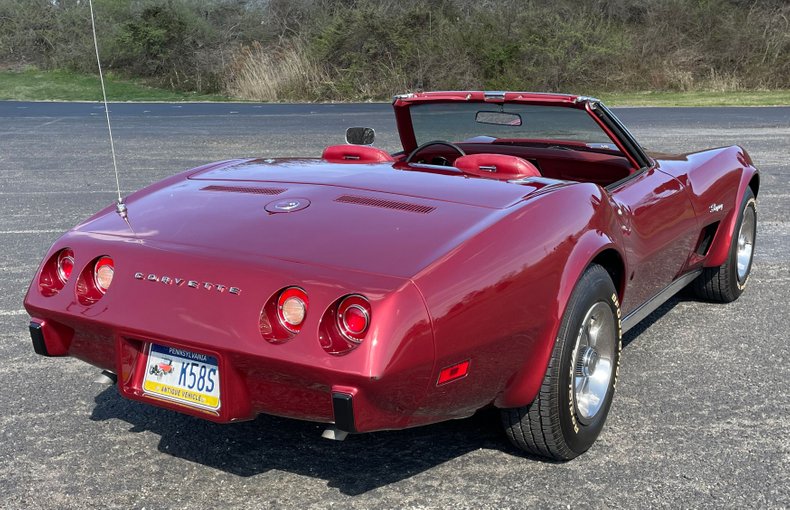
1975 Corvette Convertible
Yes, here’s another Corvette and, to many collectors, several notches below in desirability. Sure, horsepower was down, but 205 net horsepower from the L82 350 was not the end of the world considering some base 327s from the 1960s were not any faster. Plus, L82 aren’t exactly common: only 6.2 percent of Corvettes had this option, with a little less than half featuring the M21 close-ratio four-speed.
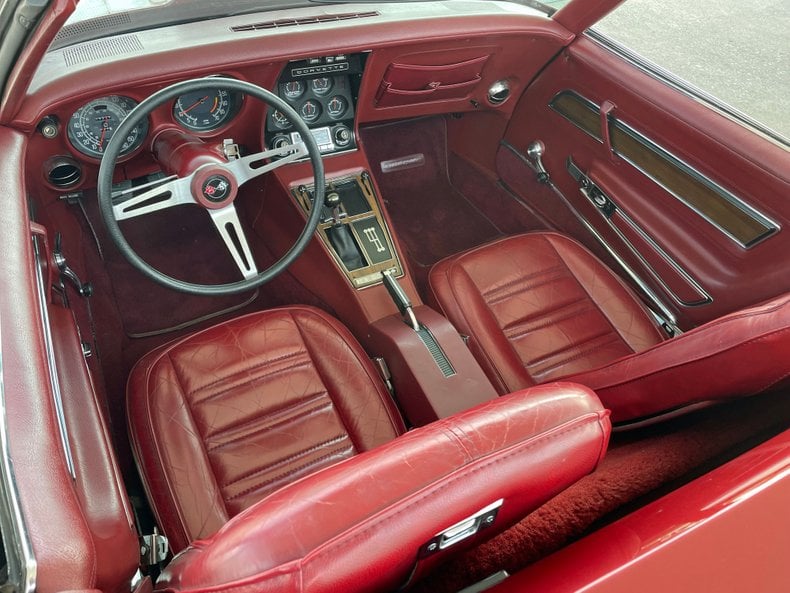
Good stats, to be sure, but what stands out to me is the FE7 Gymkhana Suspension (8.3 percent), and manual steering and brakes. Painted Dark Red metallic with matching leather interior, this Vette appears to me as one of the cooler Malaise-era two-seaters I’ve seen. Engine has been rebuilt to put out a dyno-certified 357 horsepower, so it’s easy to put Malaise era behind you with your right foot.





